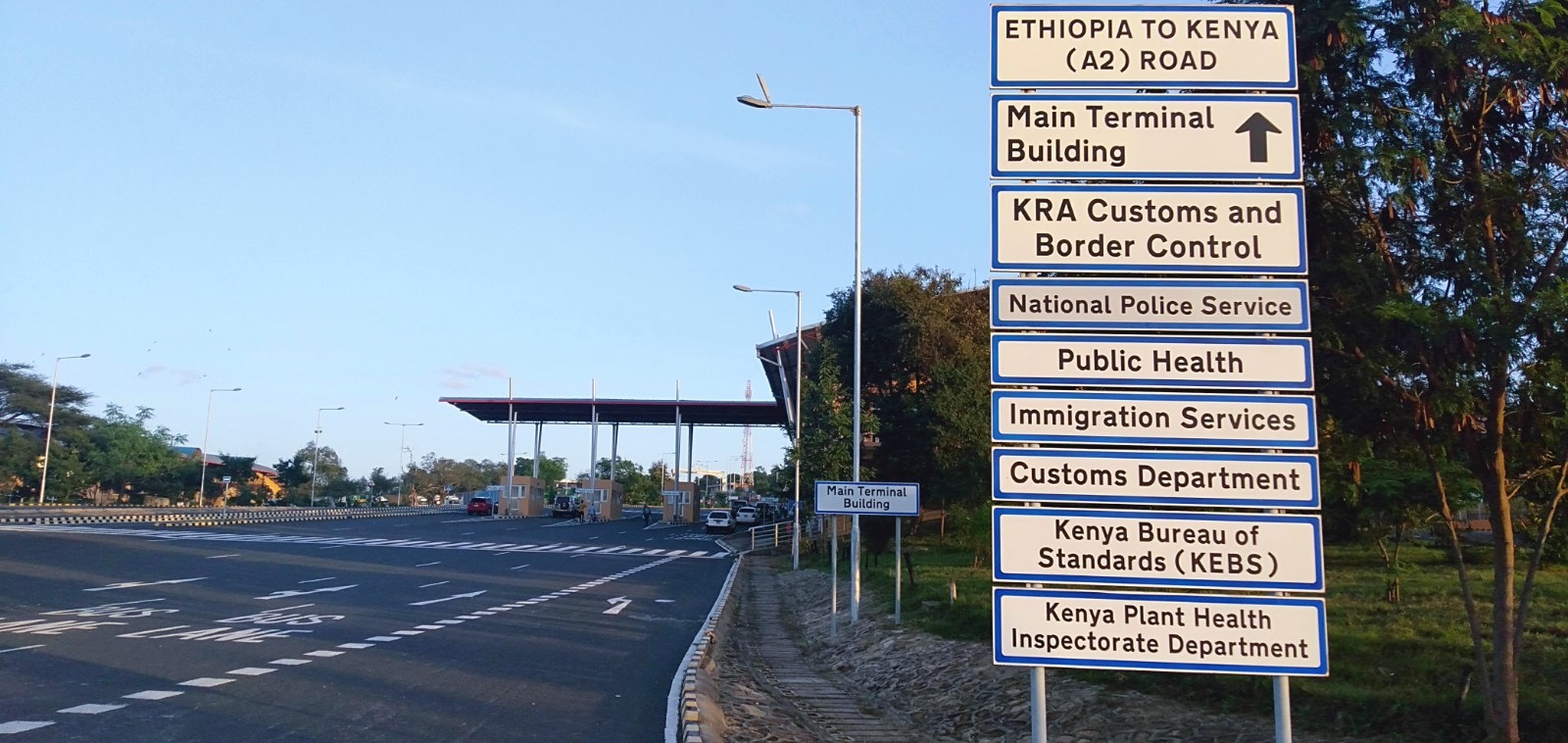Migration governance in Kenya and Ethiopia has significant implications for regional stability and human rights in the Horn of Africa and in each country.
In 2023, East Africa, the Horn and the Great Lakes regions hosted 16.4 million refugees and internally displaced persons, around a third of whom were in Ethiopia and Kenya. By the end of 2024, these regions are projected to host an estimated 23.6 million forcibly displaced people — a significant rise from last year’s figure.
Armed conflicts in Sudan, Ethiopia, Somalia and the Democratic Republic of the Congo are major contributors to this situation, along with climate change-linked floods and droughts, and economic challenges.
 Refugees and internally displaced persons in East and Horn of Africa and the Great Lakes, 2023. (Source: UNHCR)
Refugees and internally displaced persons in East and Horn of Africa and the Great Lakes, 2023. (Source: UNHCR)
Ethiopia and Kenya are at the epicentre of complex migration dynamics in the region. Migration has profoundly shaped their socio-economic landscapes, altering labour markets and economic activities. The influx of refugees has led to the development of businesses and services catering to their needs. It has created new jobs and boosted demand for goods and services like housing, healthcare, education and transport — adding to a vibrant economy.
Demographically, both countries’ populations and ethnic compositions have increased, reflecting migrants’ varied origins. Refugees bring diverse cultural perspectives to host communities, highlighting the positive role migration can play in reshaping the societal fabric.
Given these dynamics, Kenya and Ethiopia’s approach to migration governance could set the bar for other Horn countries. One example is their recognition of how migration can positively impact social and economic development. In Kenya for instance, the Ushirika plan aims to provide aid and opportunities to refugees, but also ensures that host communities benefit and develop alongside them — setting a positive precedent for inclusive development and community cohesion.
But to lead on migration governance, Kenya and Ethiopia need to improve their own approaches towards upholding human dignity, protecting vulnerable populations, and leveraging migrants’ contribution to development.
Formalised legal frameworks
Adopting appropriate legal and policy frameworks is a crucial first step. In Kenya and Ethiopia, these frameworks are commendable in their objectives to regulate migration and protect migrants’ rights. However, aligning them with international standards remains a challenge.
For instance, despite significant strides in their commitment to the welfare of migrants and refugees, Ethiopia and Kenya haven’t ratified key international treaties. These include the 1990 International Convention on the Protection of the Rights of All Migrant Workers and Members of Their Families, and the 1954 and 1961 UN conventions on statelessness.
While Kenya has adopted the International Labour Organization conventions, not ratifying these other conventions means that migrants and refugees might not get comprehensive protections. This is a critical gap for both nations.
Another area of concern is the lack of protection for returning Kenyan migrant workers and their families, especially when deportations are unanticipated and are issued from countries without bilateral agreements. This leaves returnees vulnerable and unprepared for reintegration.
An example is the Beirut incident involving about 50 Kenyan migrants who protested against unbearable living conditions in Lebanon, and asked for help to get home. The International Organization for Migration had to step in to offer migrants immediate reintegration support, with the backing of Kenyan government representatives.
Rights issues
Strategies to monitor and assist returning workers are crucial. These measures not only mitigate the risk of foreign criminal networks exploiting migration for illicit activities, but ensure that returning citizens are safely reintegrated and supported. This reduces the likelihood of their involvement in cross-border crimes on their return.
Human trafficking and migrant smuggling are also rife in Ethiopia and Kenya. Ethiopia’s integrated approach to addressing trafficking and safeguarding victims’ rights is commendable. But its Proclamation 1178/2020 for the Prevention and Suppression of Trafficking in Persons and the Smuggling of Persons falls short of international standards, particularly in its definitions and criminalisation of trafficking.
Kenya grapples with various forms of internal and transnational trafficking, including labour and sexual exploitation. Although Kenya has the National Coordination Mechanism and the National Referral Mechanism for the Victims of Trafficking, neither is effectively implemented. Another key problem is the lack of coordination among the various agencies, which hinders anti-trafficking efforts. A lack of expertise and financial resources is also a factor.
So, while Kenya and Ethiopia have made notable progress on migration governance, significant challenges remain. Both nations must align their national migration laws with international norms, ensure the effective execution of current policies, and establish thorough frameworks that cater to migrants’ varied needs. DM
Margaret Monyani, Senior Researcher, Migration, Institute for Security Studies (ISS) Pretoria.
Get the full details in a new ISS report: Bridge over troubled waters: migration governance and rule of law in Kenya and Ethiopia.
First published by ISS Today.




 Refugees and internally displaced persons in East and Horn of Africa and the Great Lakes, 2023. (Source: UNHCR)
Refugees and internally displaced persons in East and Horn of Africa and the Great Lakes, 2023. (Source: UNHCR)